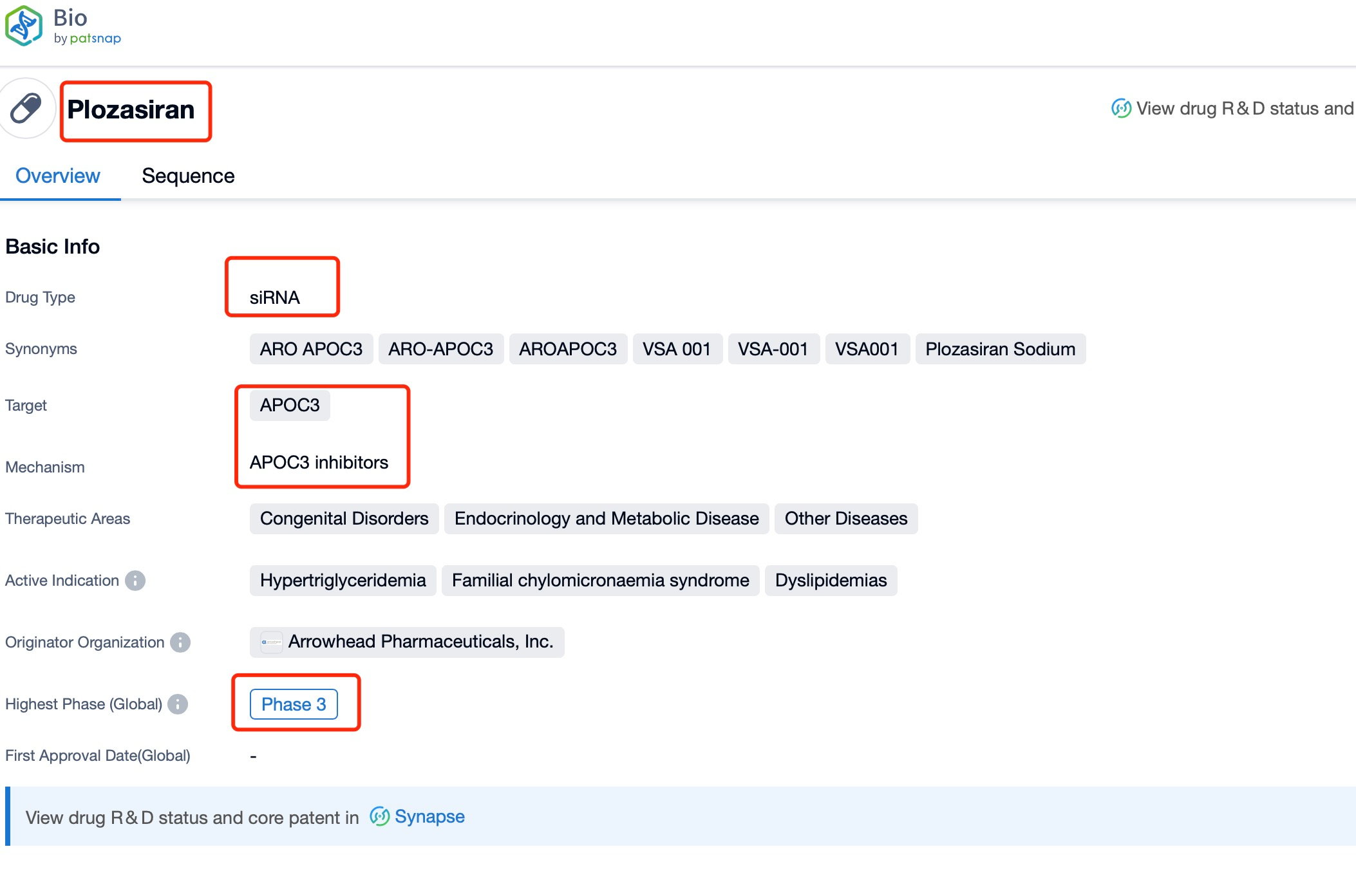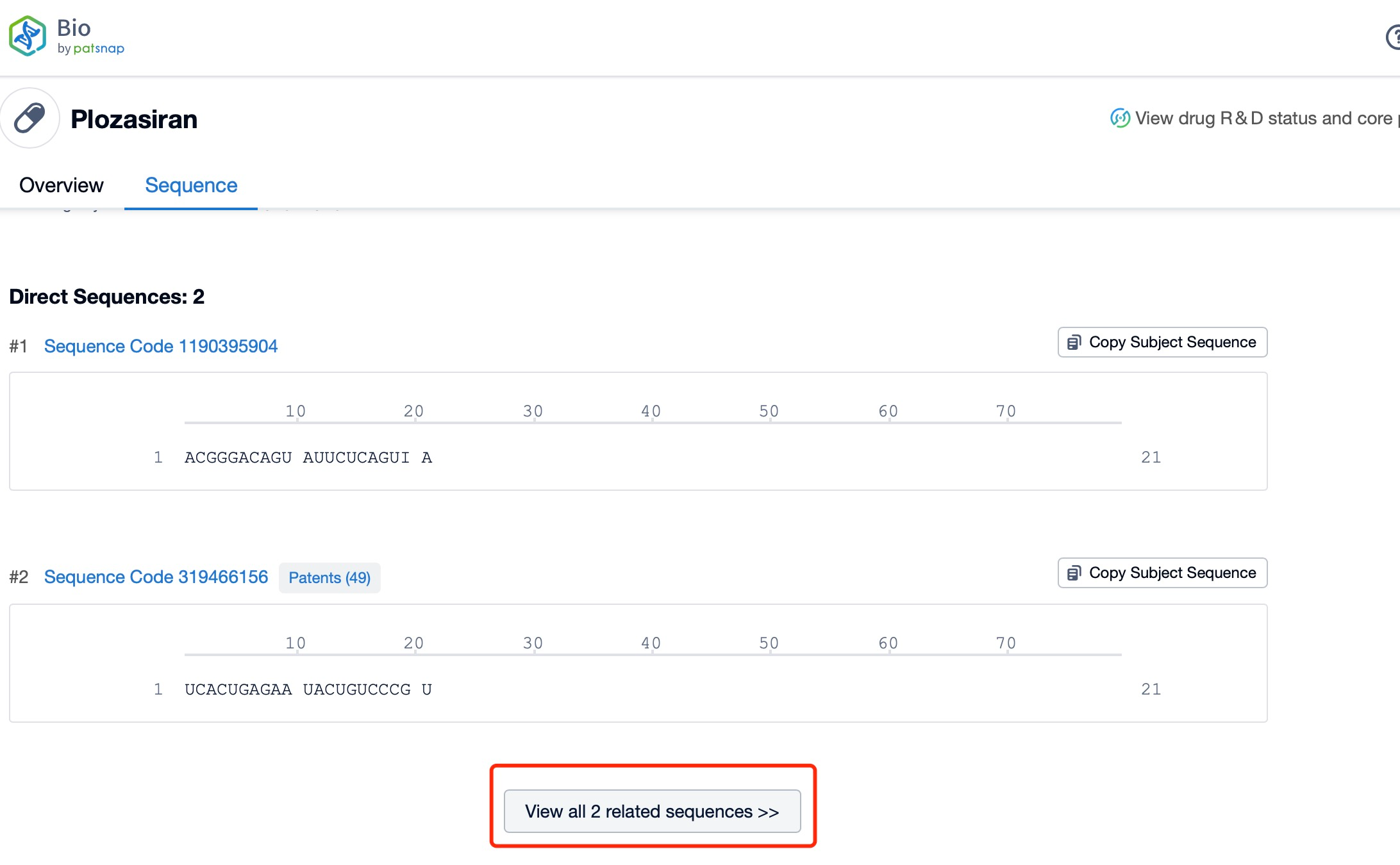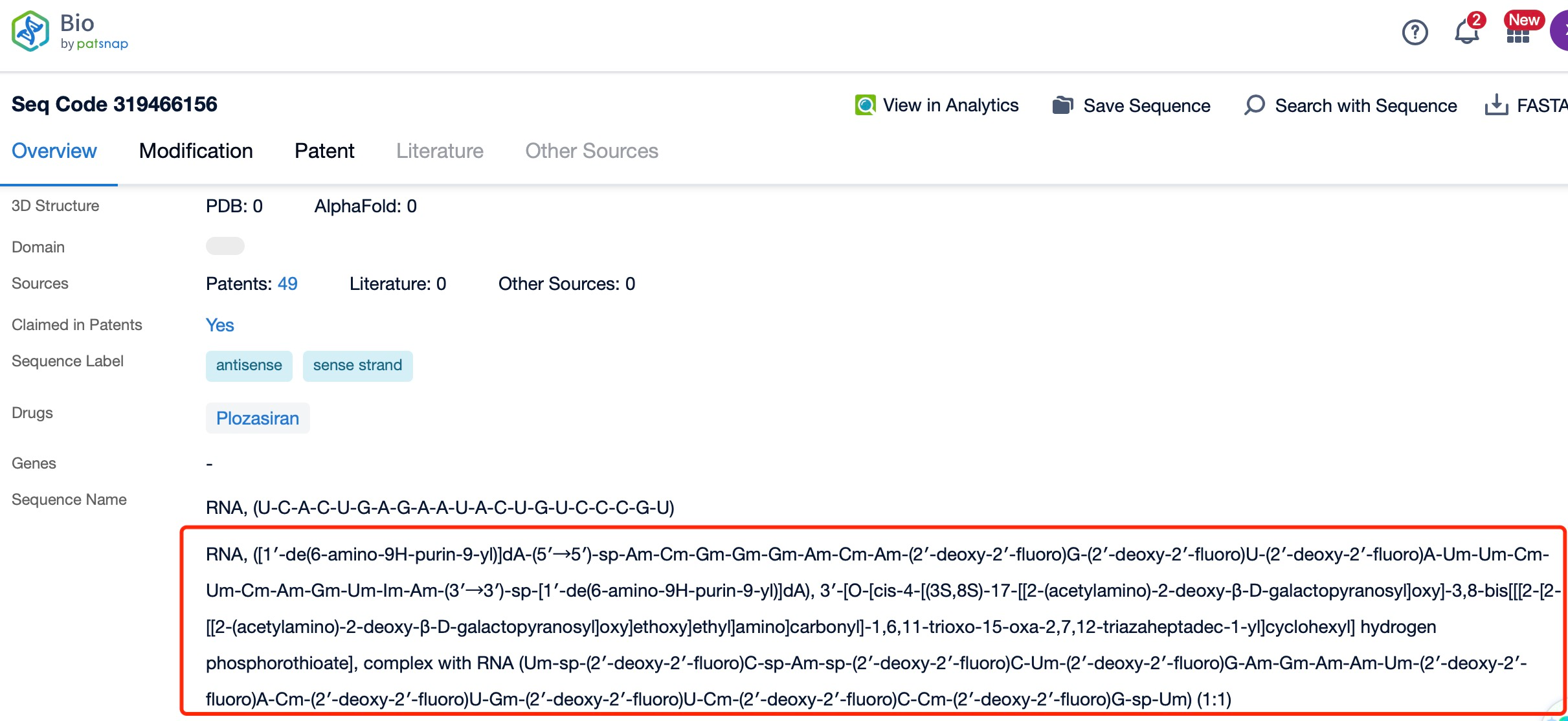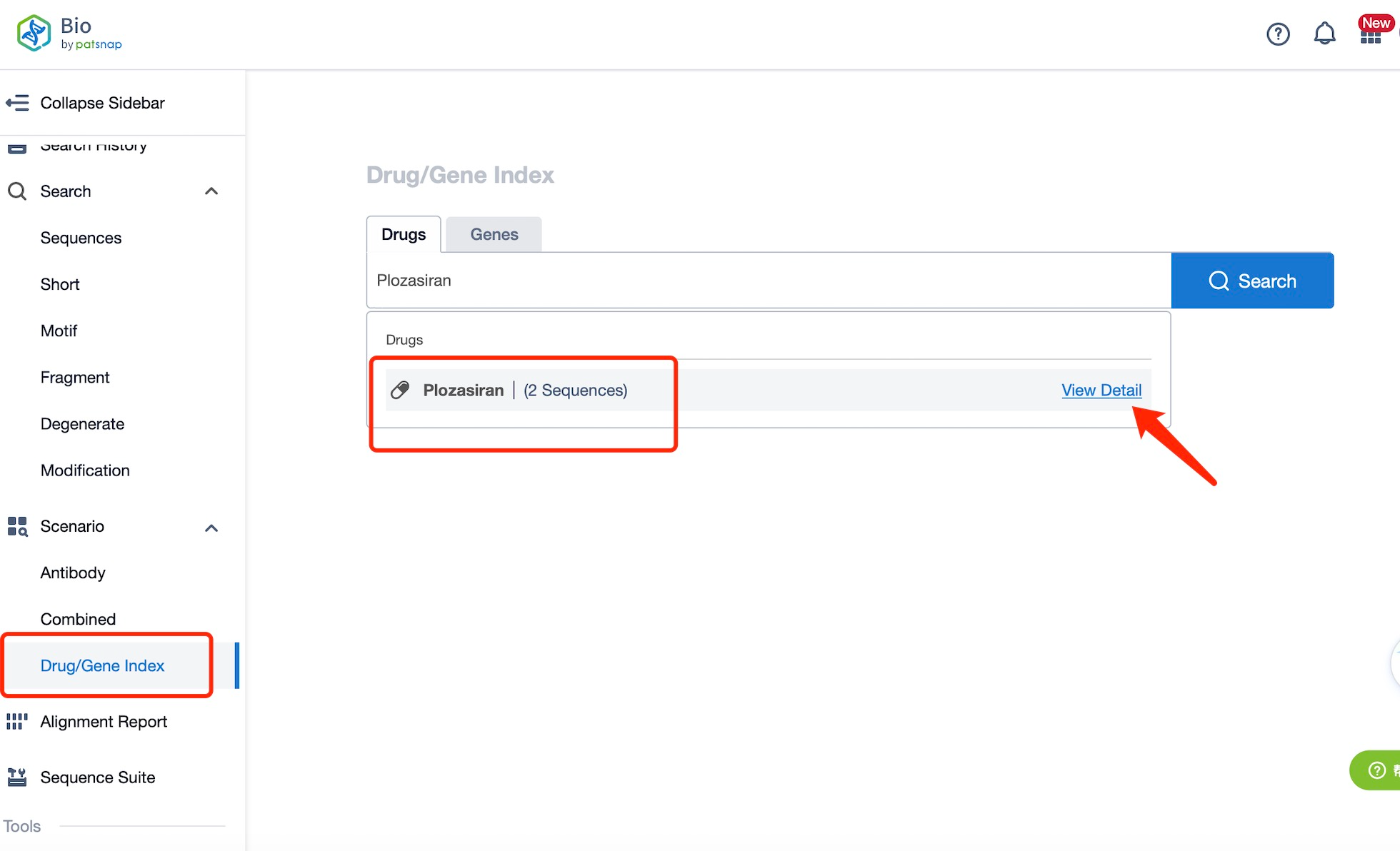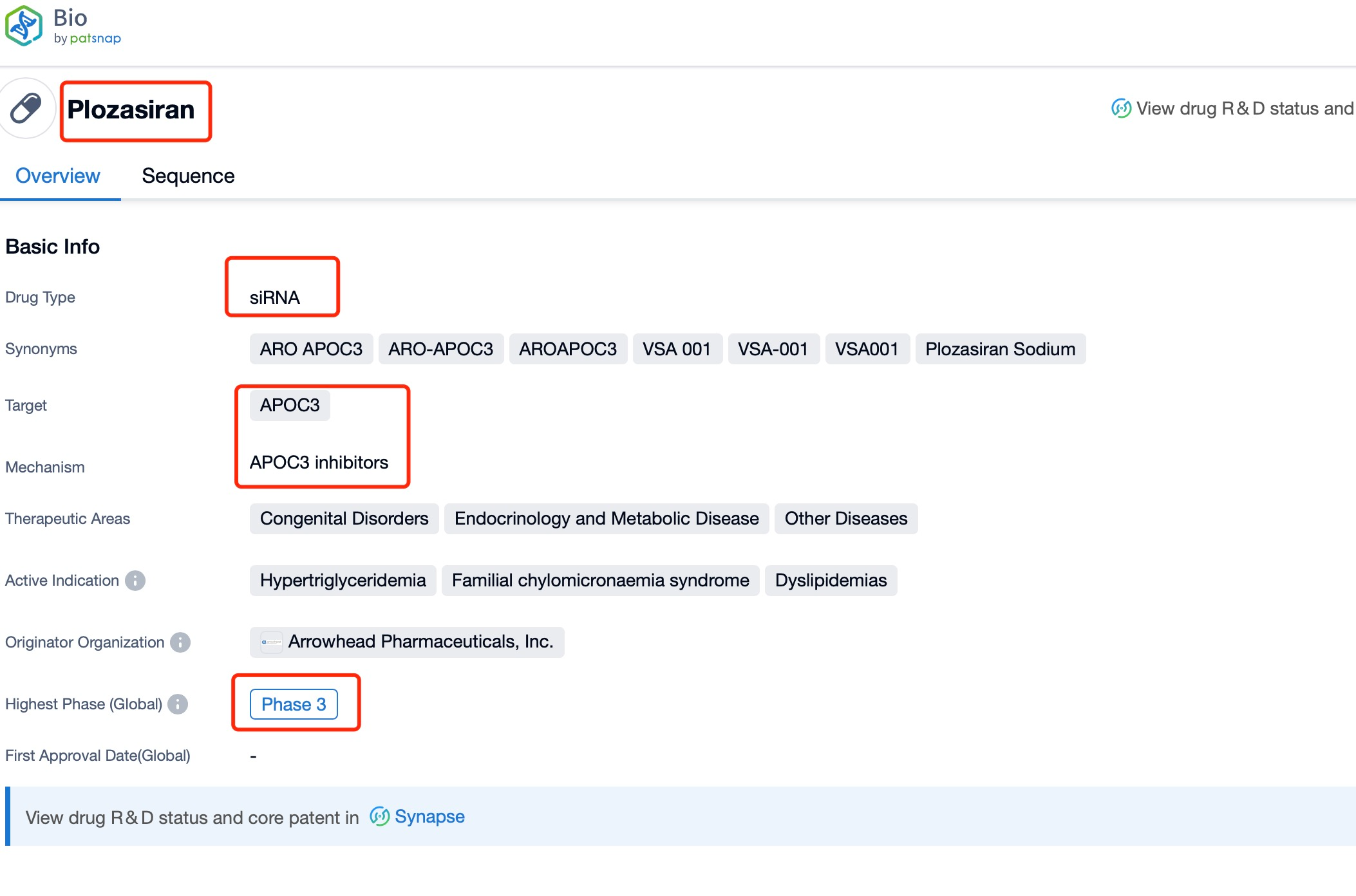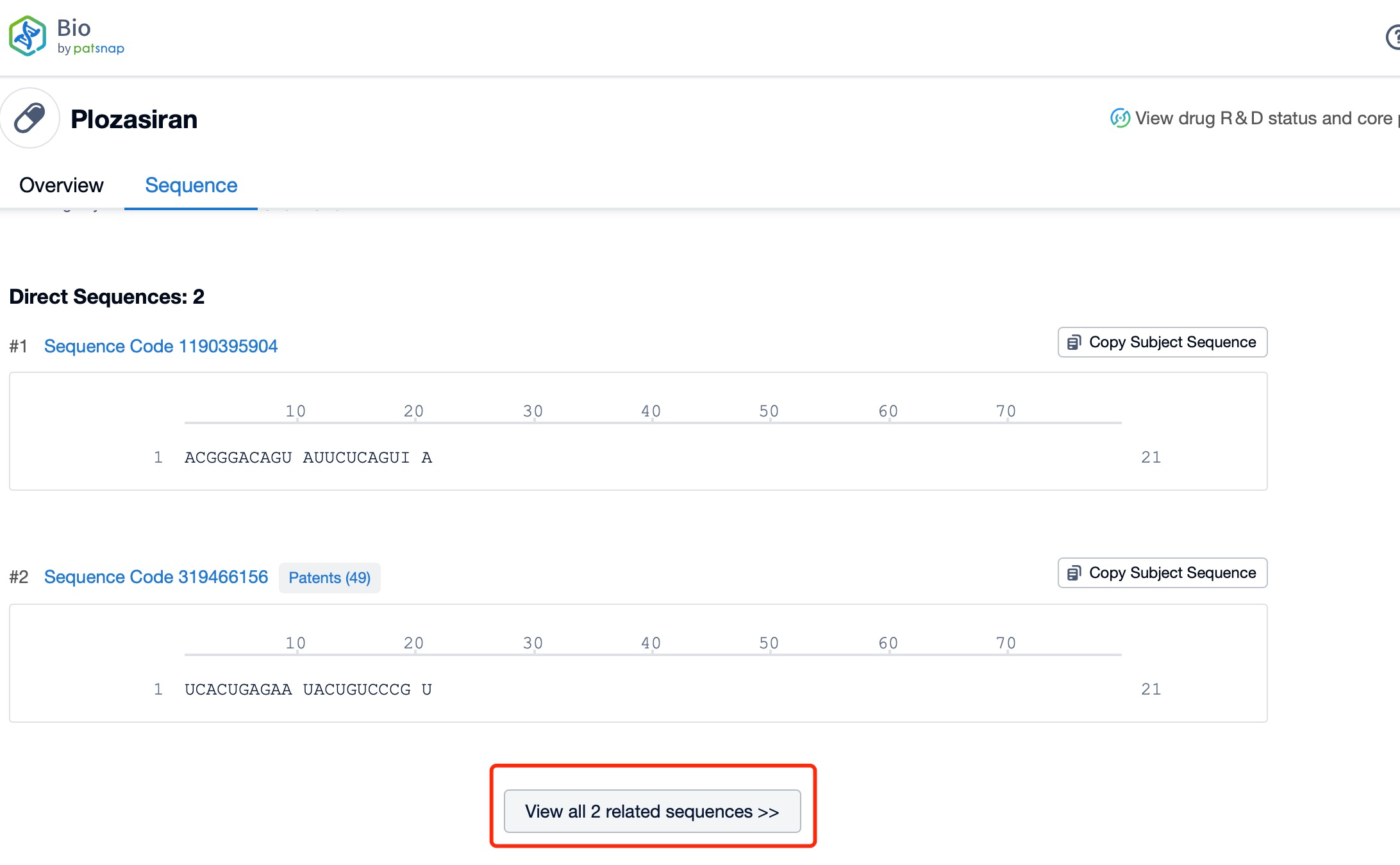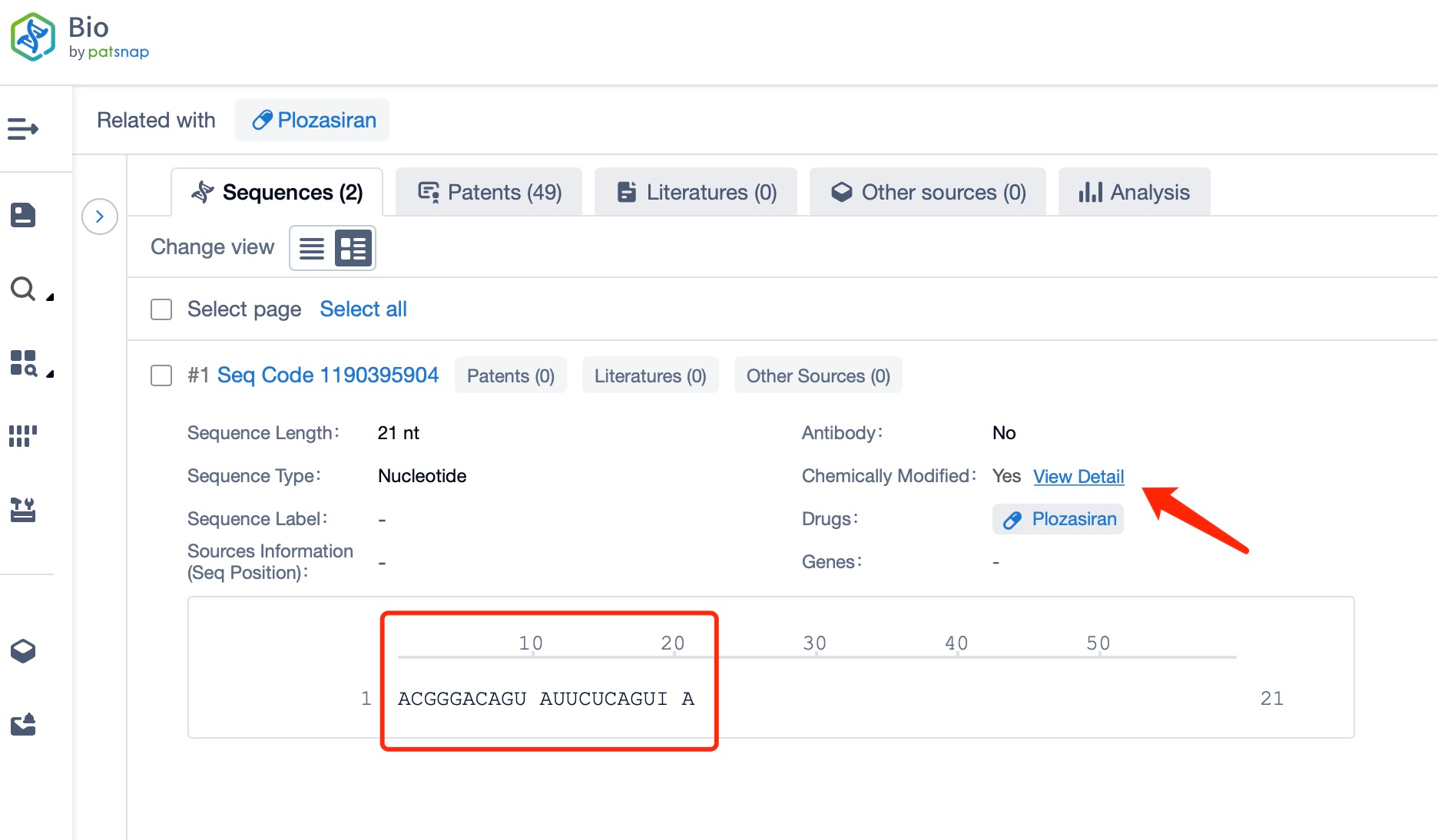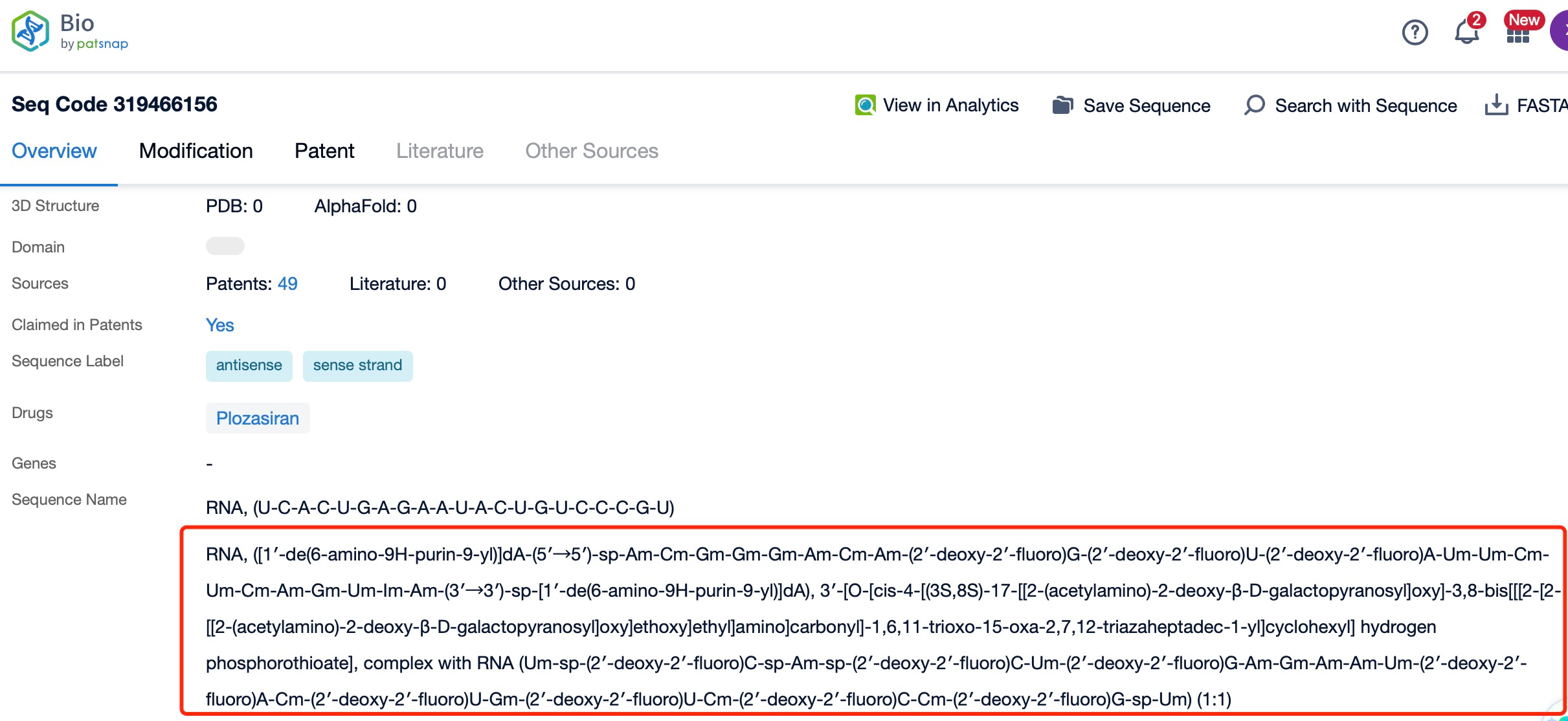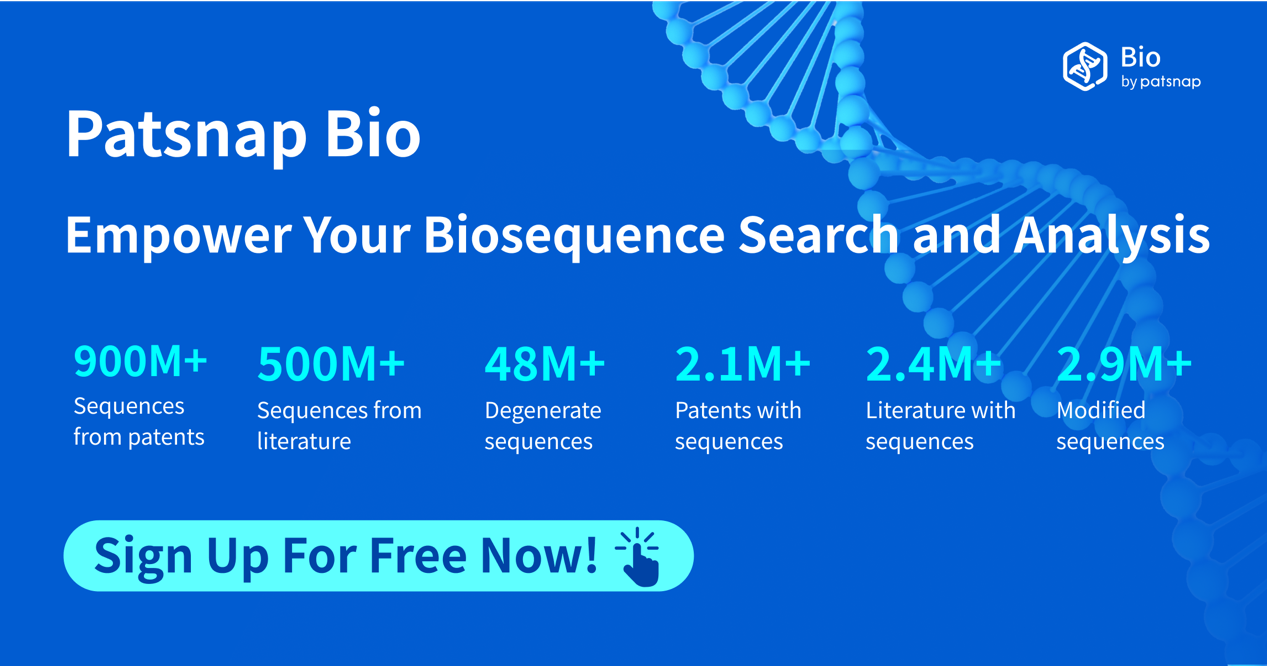How to find the chemical modification of Plozasiran?
Plozasiran, a novel therapeutic agent, is a small interfering RNA (siRNA) developed by Silence Therapeutics. This innovative medication targets proprotein convertase subtilisin/kexin type 9 (PCSK9), a protein involved in cholesterol metabolism, and is specifically indicated for the treatment of hypercholesterolemia, a condition characterized by elevated levels of low-density lipoprotein cholesterol (LDL-C) in the blood. Hypercholesterolemia is a significant risk factor for cardiovascular diseases, making effective treatments crucial for patient health.
Summary of Research Progress of Plozasiran
The research progress of Plozasiran has been marked by significant advancements and milestones. Mechanistically, Plozasiran operates through RNA interference (RNAi), a natural cellular process that can silence specific genes. By targeting the mRNA of PCSK9, Plozasiran reduces the production of PCSK9 protein, which plays a key role in the regulation of LDL receptors on the surface of liver cells. These receptors are responsible for removing LDL-C from the bloodstream. By reducing PCSK9 levels, Plozasiran increases the number of functional LDL receptors, leading to enhanced clearance of LDL-C and lower overall cholesterol levels. This targeted approach addresses the root cause of hypercholesterolemia, offering a more comprehensive and sustainable treatment option compared to traditional lipid-lowering therapies.
Plozasiran has not yet received regulatory approval, but it is currently in advanced stages of clinical development. The drug has shown promising results in early-phase clinical trials, demonstrating significant reductions in LDL-C levels and favorable safety profiles. Silence Therapeutics has initiated Phase II trials to further evaluate the efficacy and safety of Plozasiran in larger patient populations. These trials are expected to provide robust data to support potential regulatory submissions in the coming years.
Globally, the competition in the hypercholesterolemia treatment market is intense, with several established and emerging therapies. Traditional treatments include statins, which are widely used but may have limitations in terms of efficacy and side effects, especially in patients with statin intolerance or those who require additional LDL-C lowering. Plozasiran, with its novel mechanism of action and targeted delivery, offers a unique and potentially superior treatment option. The drug's ability to achieve sustained reductions in LDL-C levels with a less frequent dosing schedule makes it an attractive alternative for patients and healthcare providers.
Sequence Information and Characteristics of Plozasiran
The sequence information and characteristics of Plozasiran are essential to understanding its mechanism of action and therapeutic potential. Plozasiran is a chemically modified siRNA that targets the mRNA of PCSK9. The siRNA is designed to be a double-stranded RNA molecule, each strand 21 nucleotides long. The sequence of the siRNA is meticulously engineered to ensure high specificity and affinity for the target mRNA, minimizing off-target effects and maximizing therapeutic efficacy. The antisense strand of the siRNA hybridizes with the PCSK9 mRNA, leading to its degradation and silencing of the PCSK9 gene.
One of the key features of Plozasiran is its conjugation to a trivalent N-acetylgalactosamine (GalNAc) ligand, which facilitates liver-specific delivery. The GalNAc-siRNA conjugate is recognized by the asialoglycoprotein receptor (ASGPR) on hepatocytes, enabling efficient uptake and intracellular processing. This targeted delivery system ensures that the siRNA reaches its intended site of action, the liver, where PCSK9 is predominantly expressed. The GalNAc conjugation also enhances the stability and bioavailability of the siRNA, allowing for a more potent and durable therapeutic effect.
Chemical Modification and Action of Plozasiran
The chemical modifications of Plozasiran further enhance its stability and efficacy. The siRNA component undergoes several modifications, including 2'-O-methoxyethyl (MOE) substitutions on the ribose sugar of certain nucleotides. These modifications increase the resistance of the siRNA to degradation by nucleases in the bloodstream, thereby extending its half-life and improving its stability. Additionally, the GalNAc conjugation improves the solubility and pharmacokinetic properties of the siRNA, allowing for a more stable and effective therapeutic molecule.
The action of Plozasiran is mediated through the RNA interference (RNAi) pathway. Once inside the hepatocytes, the GalNAc-siRNA conjugate is processed by the RNA-induced silencing complex (RISC). The passenger strand of the siRNA is degraded, while the guide strand remains bound to the RISC. The guide strand then hybridizes with the complementary PCSK9 mRNA, leading to its cleavage and degradation. This process effectively silences the PCSK9 gene, reducing the production of PCSK9 protein and increasing the number of functional LDL receptors on the surface of liver cells. The reduction in PCSK9 levels is sustained over time, providing long-lasting therapeutic benefits and lowering the risk of cardiovascular events.
Summary and Prospect
In summary, Plozasiran represents a significant breakthrough in the treatment of hypercholesterolemia. Its targeted mechanism of action, involving the silencing of PCSK9 mRNA, offers a novel and effective approach to managing this condition. The drug's favorable safety profile, combined with its convenient dosing schedule of once-every-quarter subcutaneous injections, makes it an attractive option for patients with hypercholesterolemia. With ongoing Phase II trials and strong preclinical and early-phase clinical data, Plozasiran is poised to play a crucial role in the future of hypercholesterolemia treatment. Ongoing research and development efforts aim to further optimize the drug's therapeutic potential and explore its use in other related conditions, opening up new possibilities for patients suffering from lipid disorders and cardiovascular diseases. The success of Plozasiran not only highlights the potential of RNAi technology but also paves the way for the development of similar therapies for a wide range of metabolic and genetic disorders. As the field of RNAi continues to evolve, Plozasiran stands as a testament to the innovative approaches being developed to address unmet medical needs and improve patient outcomes.
How to find the chemical modification of all siRNAs?
In Patsnap Bio, you can find the sequence and latest research and development advances of all siRNAs.
Taking Plozasiran as an example, first click on the Drug/Gene Index on the Patsnap Bio homepage. Here you can search for sequence information by drug and gene names. Enter ' Plozasiran ' in the search box and click to view the details. On the details page, you can find the basic information and research progress of Plozasiran.
Click "View all related sequences" below the sequence information to search for and retrieve all biological sequences similar to this information.
Clicking on the sequence name will provide you with all the basic information of that sequence.
Additionally, a visual diagram of the sequence's chemical modifications is available for immediate access.
Patsnap Bio helps you turn weeks into minutes with cutting-edge AI-enabled tools built to master the complexities of sequence retrieval and automate IP analysis with precision and ease.
